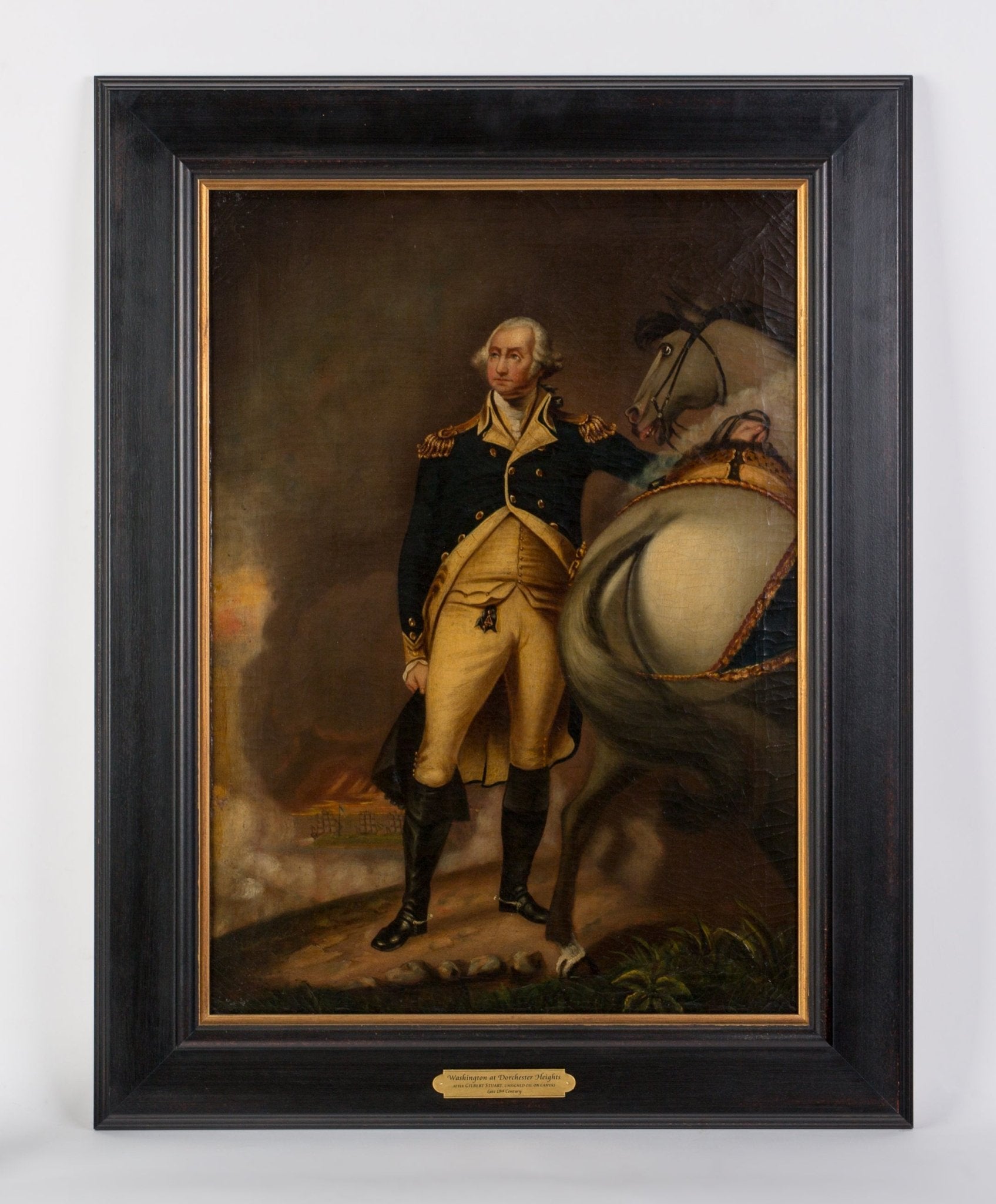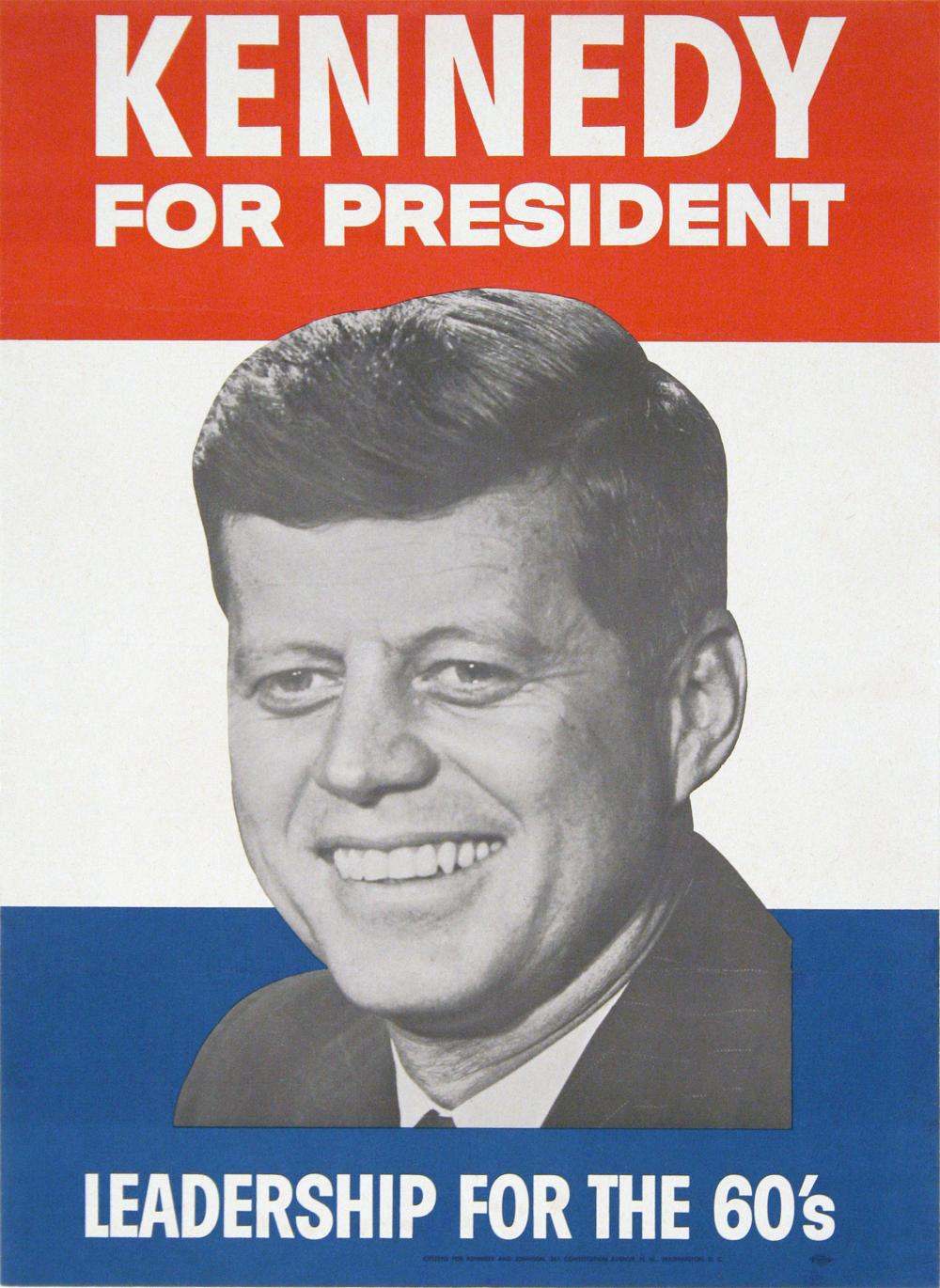The History of Memorial Day
This Monday, May 27th, is Memorial Day. Aside from being the unofficial start to summer, Memorial Day honors the fallen soldiers that served the United States in dedication to freedom and liberty. The brave men and women who gave their lives in honor of the country they protect are commemorated on this day, as they should be every day.
Early Observances
Memorial Day has been practiced unofficially since the American Civil War. The holiday originated in the years following the Civil War as citizens wanted a way to commemorate those who had died in war. With the end of the Civil War in the spring of 1865, more lives were claimed than in any conflict in United States history. The war required the establishment of the country’s first ever national cemeteries to bury those who had fallen, as numbers were so high. Along with the establishment of cemeteries, Americans throughout the U.S. held tributes in honor of those who were claimed by the battle. This was the first unofficial start of Memorial Day, as citizens decorated the graves of loved ones with flowers and held small commemorative services in their honor.
While it is still unclear where and when the tradition of the holiday originated, Waterloo, New York, was declared the official birthplace of Memorial Day in 1966. “Waterloo—which first celebrated the day on May 5, 1866—was chosen because it hosted an annual, community-wide event, during which businesses closed and residents decorated the graves of soldiers with flowers and flags” (history.com editors).
Remembrance of Fallen Heroes
It was 1868 when General John A. Logan called for a nationwide observance of Memorial Day. Logan was the commander-in-chief for the Grand Army of the Republic; the organization of veterans of the Union Army, Navy, Marines, and the U.S. Revenue Cutter Service. He proclaimed: “The 30th of May, 1868, is designated for the purpose of strewing with flowers, or otherwise decorating the graves of comrades who died in defense of their country during the late rebellion, and whose bodies now lie in almost every city, village and hamlet churchyard in the land.” This became known as “Decoration Day,” an earlier name for Memorial Day. It marked a universal day of remembrance that would honor all those who gave their lives in battle. Rumor has it that Logan chose May 30th for Declaration Day as it was not the anniversary of any known battle. Other sources suggest that he also chose it to insure that flowers would be in full bloom for ceremonies.
For years, Decoration Day was celebrated on May 30th each year. However, in 1968 Congress passed the Uniform Monday Holiday Act, which established Memorial Day as the last Monday in May in order to create a three-day weekend for federal employees. This change went into effect in 1971, establishing Memorial Day as a federal holiday for the first time.
Today, Memorial Day honors fallen soldiers with parades, celebrations, and moments of prayer and acknowledgment. Other traditions were put in place over the years. The American flag is to be hung at half-mast until noon on Memorial Day, when it is then raised up the flagpole fully. Since the year 2000, all Americans are encouraged to pause for a moment of silence and recognition at 3 o’clock p.m. local time. While Memorial Day was not established as a federal holiday until 1971, the practice of honoring those who dedicated themselves to service has been in existence for hundreds of years.
History.com editors, Memorial Day. History, A&E Television networks. Accessed 21, May 2019.








